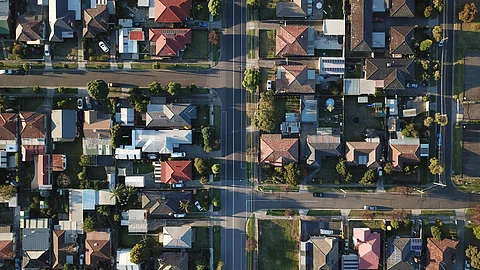For stroke, of 87,511 people living in the most advantaged neighborhoods, 14.1% died within the first month. Of the 73,312 people living in disadvantaged neighborhoods, 14.6% died.
For degenerative diseases, such as Alzheimer’s disease and Parkinson’s, 8.7% of the 14,247 people in the most advantaged neighborhoods died with a month, compared to 9.7% of the 8,064 people living in disadvantaged neighborhoods.
For epilepsy, 6.8% of those in the most advantaged neighborhoods died within a month, compared to 7.7% of those in the disadvantaged neighborhoods.
After adjusting for factors that could affect risk of death such as age, sex, individual socioeconomic status and other health conditions such as diabetes and high blood pressure, researchers found people living in disadvantaged neighborhoods who were hospitalized for stroke had a 23% higher risk of dying within a month than those in the most advantaged neighborhoods.


